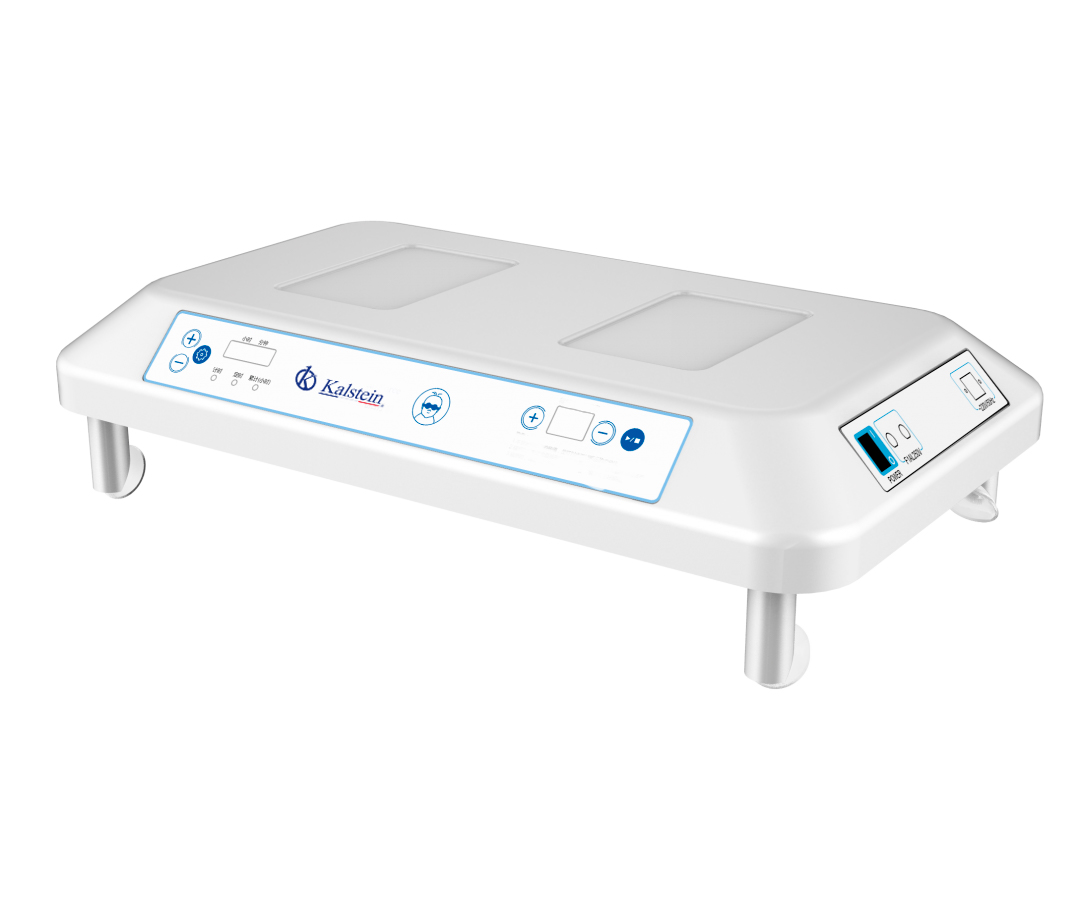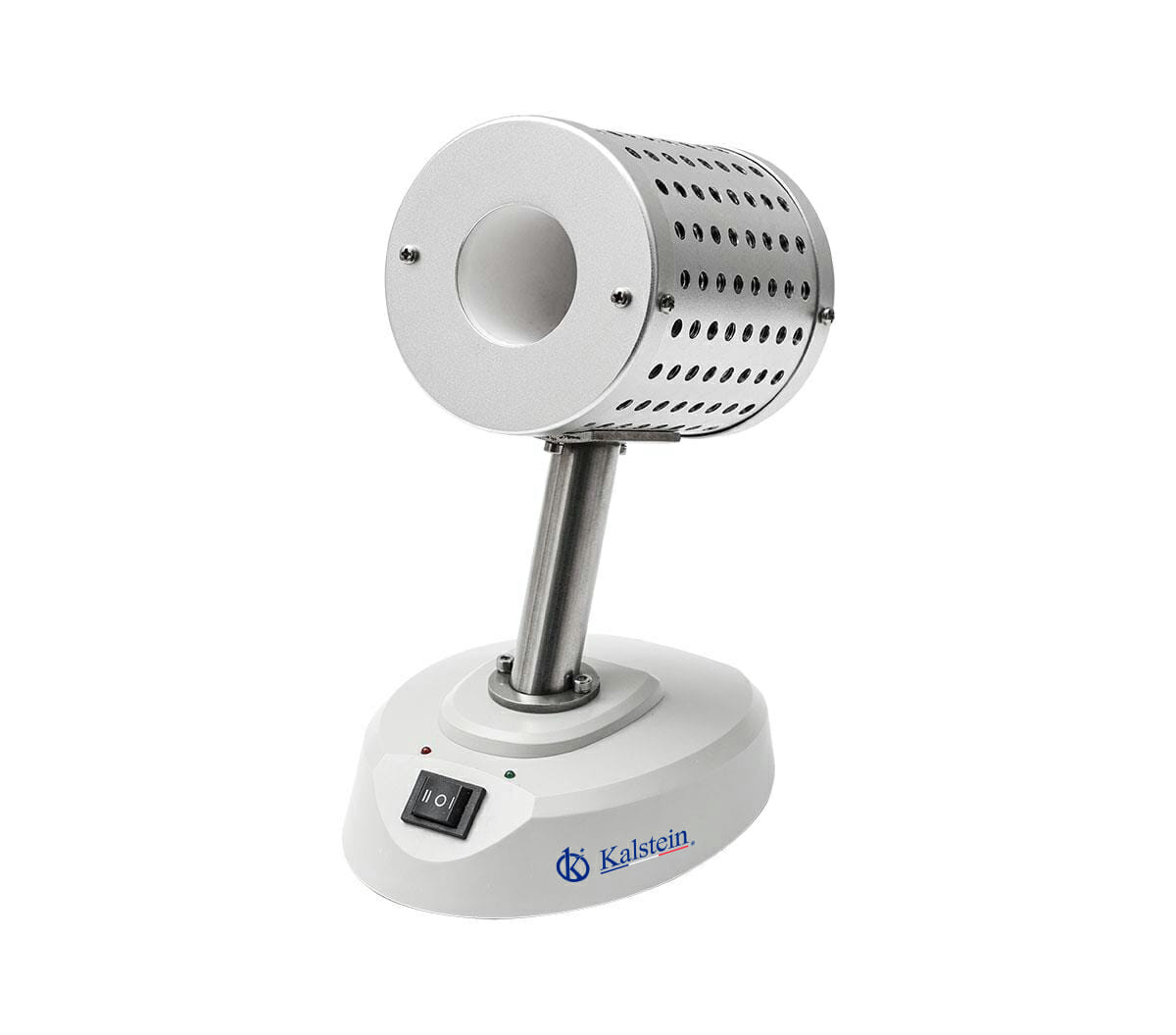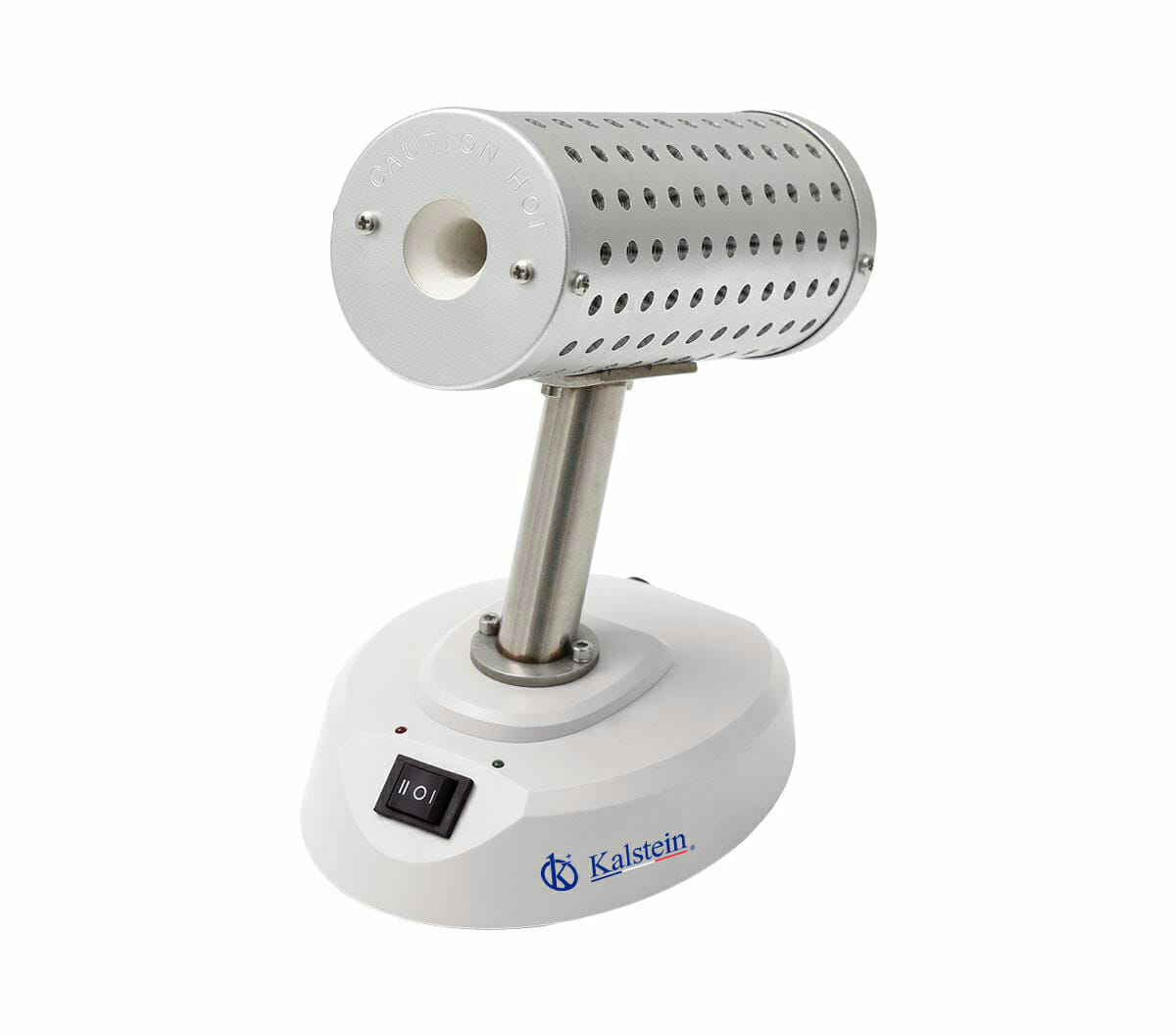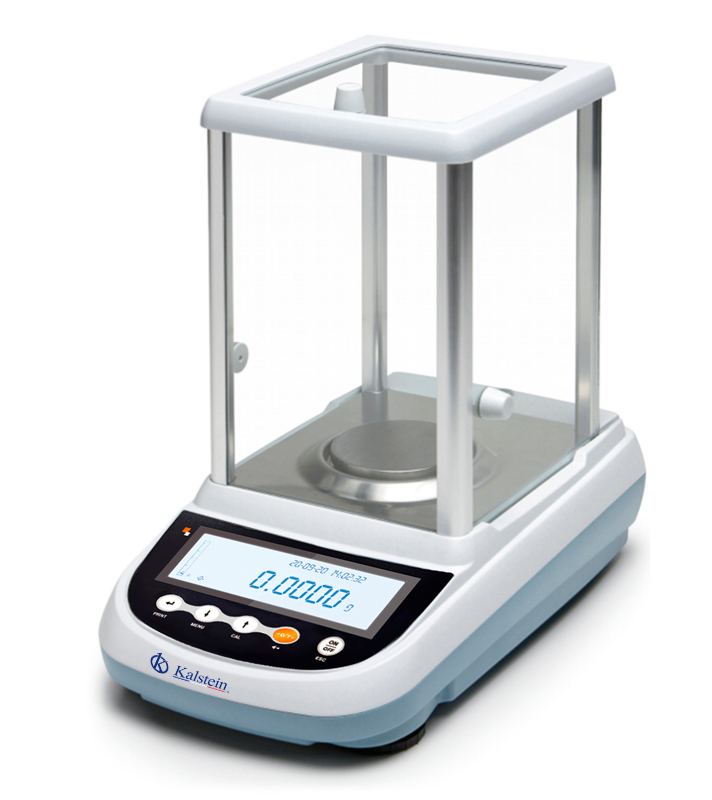Phototherapy is a therapeutic measure in which light is used, specifically ultraviolet light (UV) because UV radiation has anti-inflammatory action, for the treatment of dermatological inflammatory and neoplastic skin diseases. The use of phototherapy dates from the early twentieth century and from there have emerged several modalities being the commonly used UVA therapy (340-400 nm), PUVA (Psoraleno + UVA), broadband UVB (280-320 nm) and the most recent the narrow band UVB (311 nm).
It is a technique that is commonly indicated in extensive forms, in which the application of a topical treatment is insufficient. It is frequently used in pathologies such as psoriasis, atopic dermatitis, fungoid mycosis and vitiligo. The mechanism of action of phototherapy is complex, based on the combined action of the inhibition of epidermal proliferation, an anti-inflammatory effect, and several immunomodulatory actions.
Types of radiation used by phototherapy units
- UVA rays: It is a type of radiation that reaches deeper, but is less potent, reason why it needs a photosensitizing drug, that is to favor or enhance the effect of UVA radiation, such as psoralene giving rise to PUVA (psoralene + UVA). When there are very extensive skin conditions psoralene is given in tablets according to the patient’s weight, 2 hours before the session, while in rashes located in the hands and feet it is given in cream about 15 minutes before the session. In the case of PUVA therapy there is an anti-inflammatory effect, but also a delayed phototoxic erythema.
- UVB rays: it is a more superficial type of radiation, but it has enough power to achieve the desired effects without the need of accompanying drugs. UVB therapy has comparable efficacy to PUVA, and less erythematogenic. Therefore, it exposes a better security profile.
Indications of different types of radiation
- The PUVA: It is used in psoriasis, atopic dermatitis, vitiligo, plaque para psoriasis, cutaneous T-cell lymphoma, photodermatosis, scleroderma, solar urticaria, mastocytosis, Wells syndrome, annular granuloma, mastocytosis, has also been used successfully variable in dermatoses characterized by varying degrees of skin inflammation. Contraindications to PUVA therapy are less than 10 years old, personal history of skin cancer, cataracts and ingestion of potentially phototoxic drugs.
- Narrowband UVB therapy: this therapy has been specifically designed to treat psoriasis and this is its main indication, although in practice its applicability has been observed in the treatment of other dermatoses, among them we can mention mucinous alopecia, lymphomatoid papulosis, eosinophilic flociculitis, erythropoietic porphyria, seborrheic dermatitis, perforating dermatoses, polymorphic rash of pregnancy, lichen planus, chronic urticaria and uraemic pruritus. It should be noted that it is the phototherapy of choice in pregnancy.
What does Kalstein offer you?
Kalstein is a company MANUFACTURER of medical and laboratory equipment of the highest quality and the best technology at the best PRICES in the market, so you can make your PURCHASE with us, knowing that you have the service and advice of a company specialized in the field and committed to provide you with safe, economical and effective options for the performance of your functions in the right way. This time we present our Child Bilirubin Phototherapy Unit YR02194. Our line of phototherapy products provides you with the reliability and stability of LED light intensive phototherapy for your baby patient. The unit has a long service life providing between 20,000 and 30,000 hours of light therapy. This device has the following features: HERE
- LED fluorescent lamp as radiant elements of phototherapy.
- The curing angle of the lamp can be adjusted horizontally.
- The height of the lamp head can be adjusted.
- The stainless steel bracket can be adjusted.
- Wheels can be locked
- Timer to record phototherapy operation.
- Use in incubators, irradiant heat moses and any type of moses.
For more information we invite you to take a look : HERE




